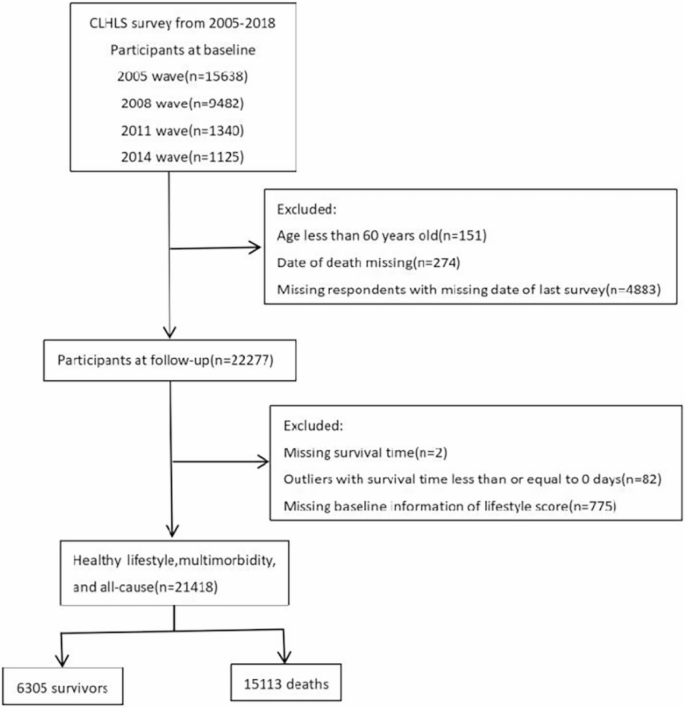Last Updated:
Here is a list of 5 books you must read, with an introduction and five tightly crafted paragraphs that blend memoir, clinical perspectives, and practical frameworks

Mental health books: The best ones make space for feeling, for messy survival, for finding a way to keep living anyway
Mental-health books do a lot more than detailed diagnoses; the best ones make space for feeling, for messy survival, for finding a way to keep living anyway. Here is a list of 5 books you must read, with an introduction and five tightly crafted paragraphs (one paragraph per book) that blend memoir, clinical perspectives, and practical frameworks. Each paragraph includes author attribution and publication details so you can locate the relevant edition.
1. Cuckoo in the Vineyard — Deepi Megh Purohit

Deepi Megh Purohit’s debut reads as a private ledger spilled open to the world: poetic journal snippets; frank moments of reflection; and, short, aching scenes of parenting and housework that cannot stop when inner systematic storms rage around them. The author’s frustration and astute observations are not a clinical map, but rather, they illustrate the choreography of the everyday acts that go along with living with Bipolar II and Borderline Personality Disorder – the small acts which form into a day from keeping children fed, routines intact, tending to relations all done while experiencing loss of self, identity shifts, and swingy mood states! The most radical sense in the memoir is perhaps the way in which the author resists the act of allowing diagnosis to shape the texture of her days; the memoir asserts that the work of mental health is an act of heroism that remains invisible, and it offers a tender, unfinished companion to those who have felt too much or have moments of feeling strange to their feelings.
2. An Unquiet Mind — Kay Redfield Jamison
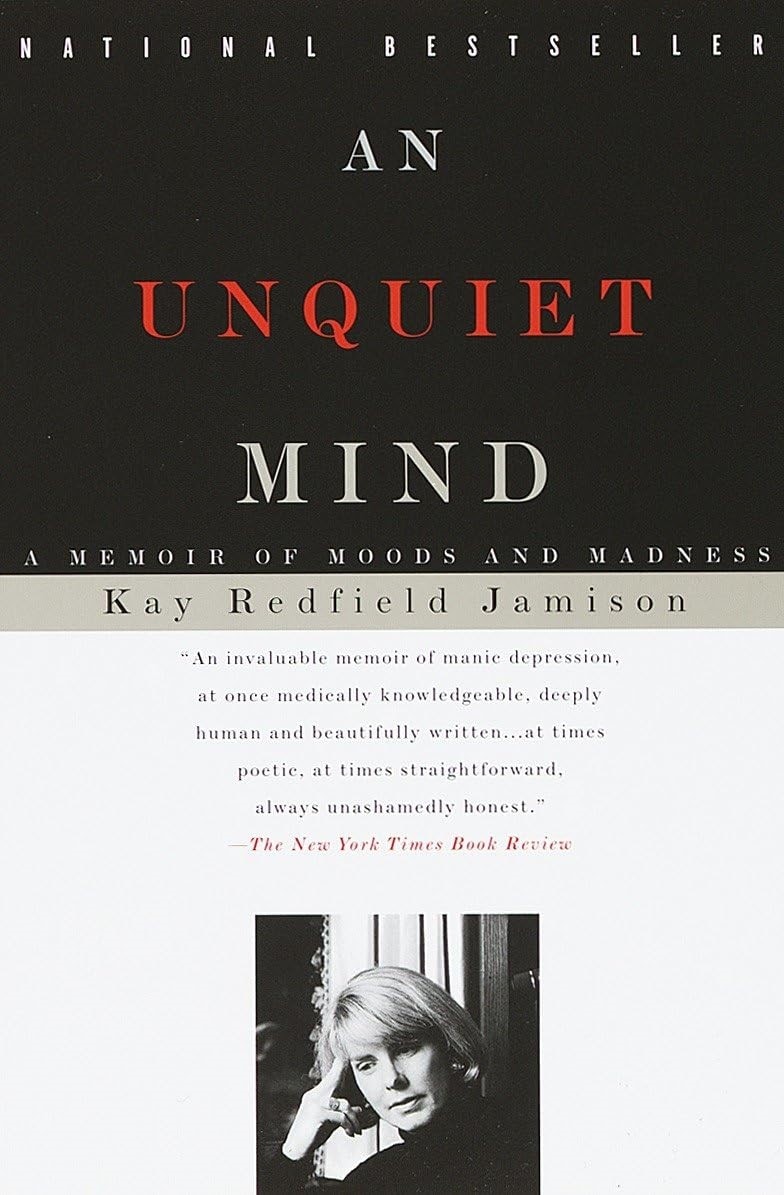
Kay Redfield Jamison’s classic memoir is by a clinician who lived inside the very illness she studied, resulting in a bold, intimate narrative that oscillates between manic euphoria and devastating depression, with clinical insight and humane narrative. Jamison writes about ambition, a burst of creativity, shame, loss, and the struggle of treatment and because she is both psychiatrist and patient, this book holds a rare double lens that illustrates symptoms without flattening them and humanizes a disorder that too often exists only in statistics. Many readers return to this book for its validation of complexity: that brilliance, grief, and risk can coexist. They also return to the Jamison model of how candid self-systematic, self-analysis can reduce fear and stigma.
3. The Body Keeps the Score — Bessel van der Kolk
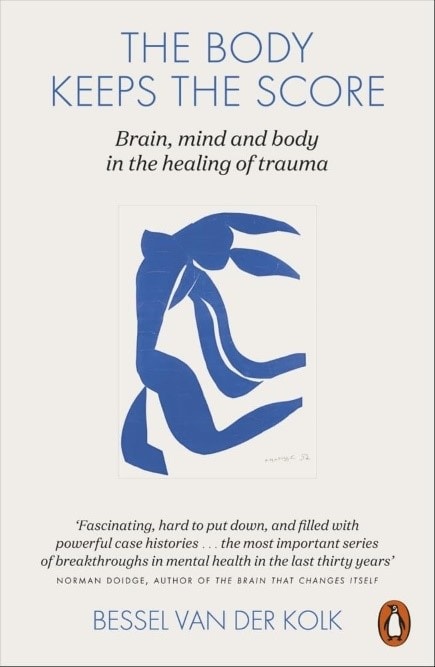
Bessel van der Kolk’s powerful book reframes trauma as living not only in memory, but in the body: sleep patterns, posture, fight/flight reactions, and even the form of relationships. Drawing together patient stories, research, and therapeutic modalities, the book argues many avenues of healing necessitate more than talk. Movement and breathwork, EMDR and body-based modalities may help re-establish a sense of feeling safe inside one’s own skin. This book is especially useful for readers looking to understand why some pathways feel transformative and why trauma reverberates even when conscious memories have become fragmented. It serves as both a primer for clinicians and a thoughtful guide for survivors searching for new pathways.
4. Reasons to Stay Alive — Matt Haig
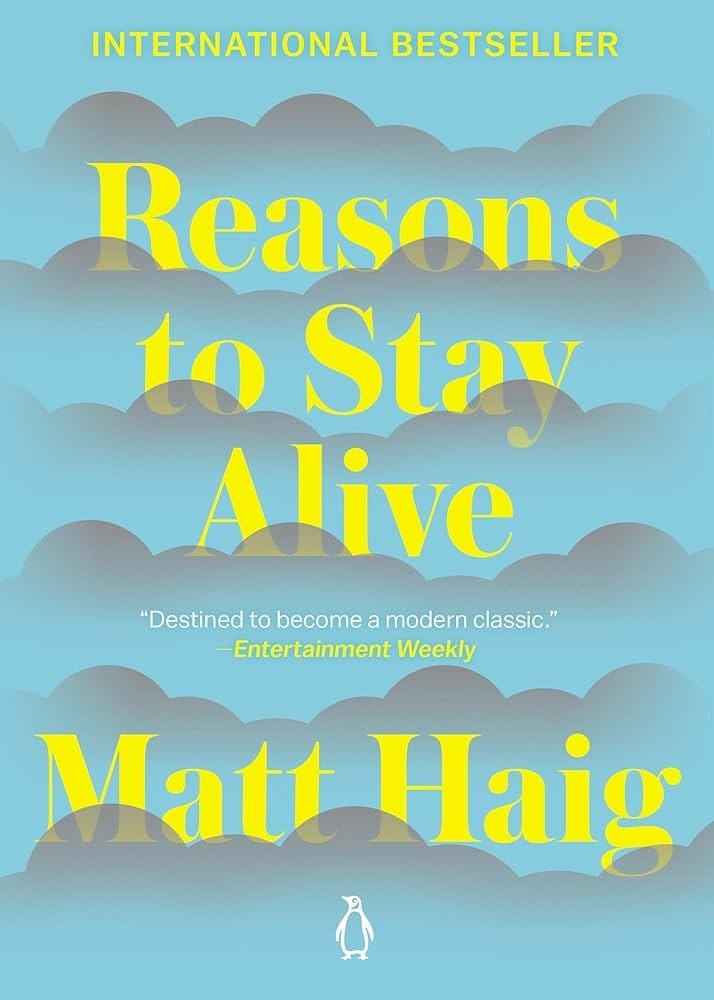
Matt Haig’s short, urgent memoir is a huge help to anyone who has been in the black fog of depression: concise, conversational writing, no patronising recommendations, and real reflections on what helped him stay alive. Haig breaks despair down into moments you can hold, offering small practices, humane reframes, and a catalogue of reasons – both mundane and sublime – to stay alive. More powerful than prescriptive techniques is the continual message of ‘staying with’ the reader who is feeling despair. Not medicalising every feeling, offering companionship and language for feelings of helplessness, it is contagious and has been a frequently referenced book for people seeking something, readable, honest, and hopeful, in a crisis.
5. No Bad Parts — Richard C. Schwartz
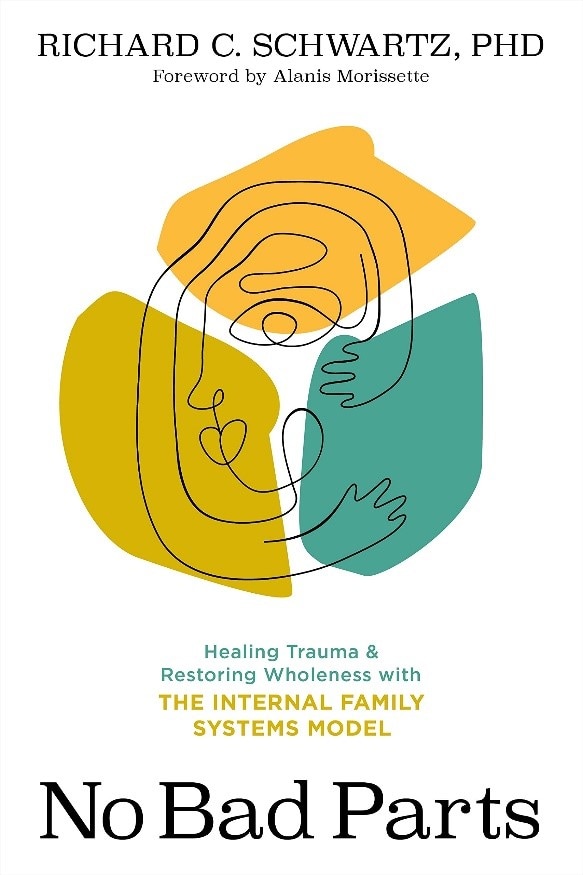
Richard C. Schwartz, the founder of Internal Family Systems (IFS), presents a detailed but accessible guide to the IFS model. Schwartz changes the conversation from ‘How could I ever do all of these terrible things?’ to ‘There are parts of me-internal systems-that I can understand, unburden, and with compassion and the Self as leader.’ Through patient story-telling, guided activities, and clear metaphors, Schwartz demystifies how trauma and self-criticism create our protectors and exiles inside of us – and that, if we let those parts speak without our judgement, we can return to wholeness. For readers looking for a practical therapeutic framework-not a clinical manual-there are plenty of suggested exercises to try alone, or with a therapist, and Schwartz provides a hopeful and de-pathologising perspective for making sense of suffering.

Swati Chaturvedi, a seasoned media and journalism aficionado with over 10 years of expertise, is not just a storyteller; she’s a weaver of wit and wisdom in the digital landscape. As a key figure in News18 Engl…Read More
Swati Chaturvedi, a seasoned media and journalism aficionado with over 10 years of expertise, is not just a storyteller; she’s a weaver of wit and wisdom in the digital landscape. As a key figure in News18 Engl… Read More




